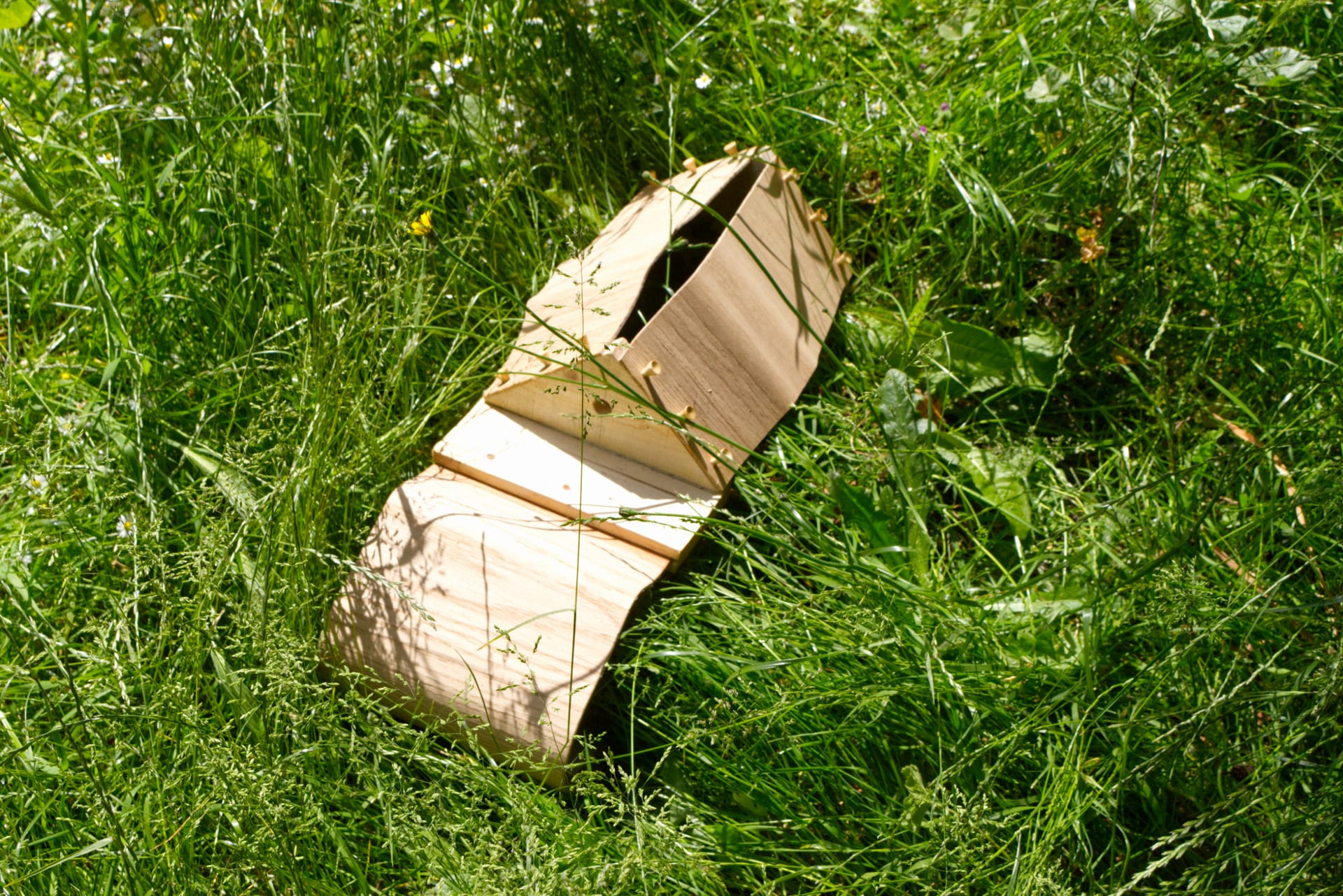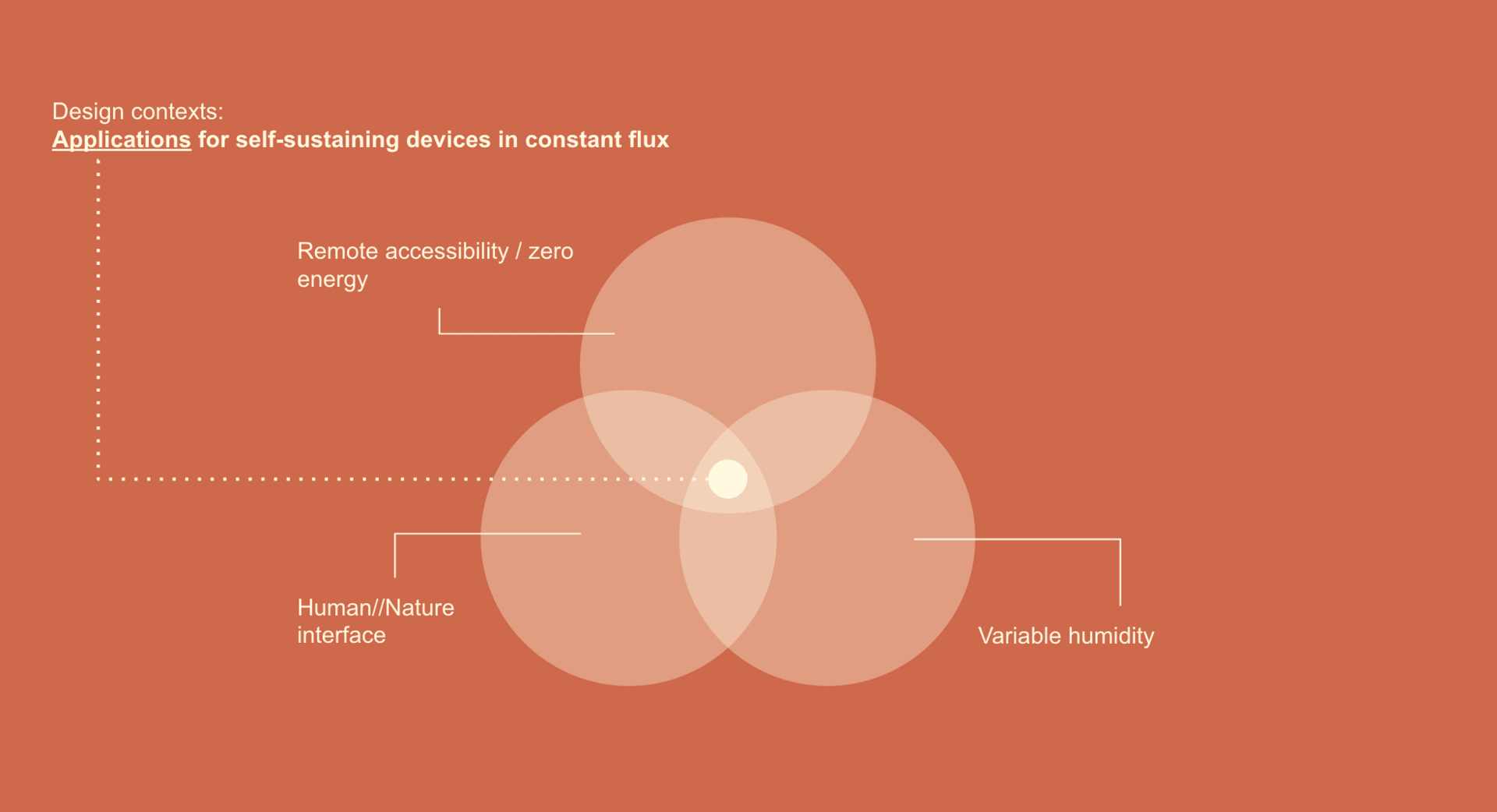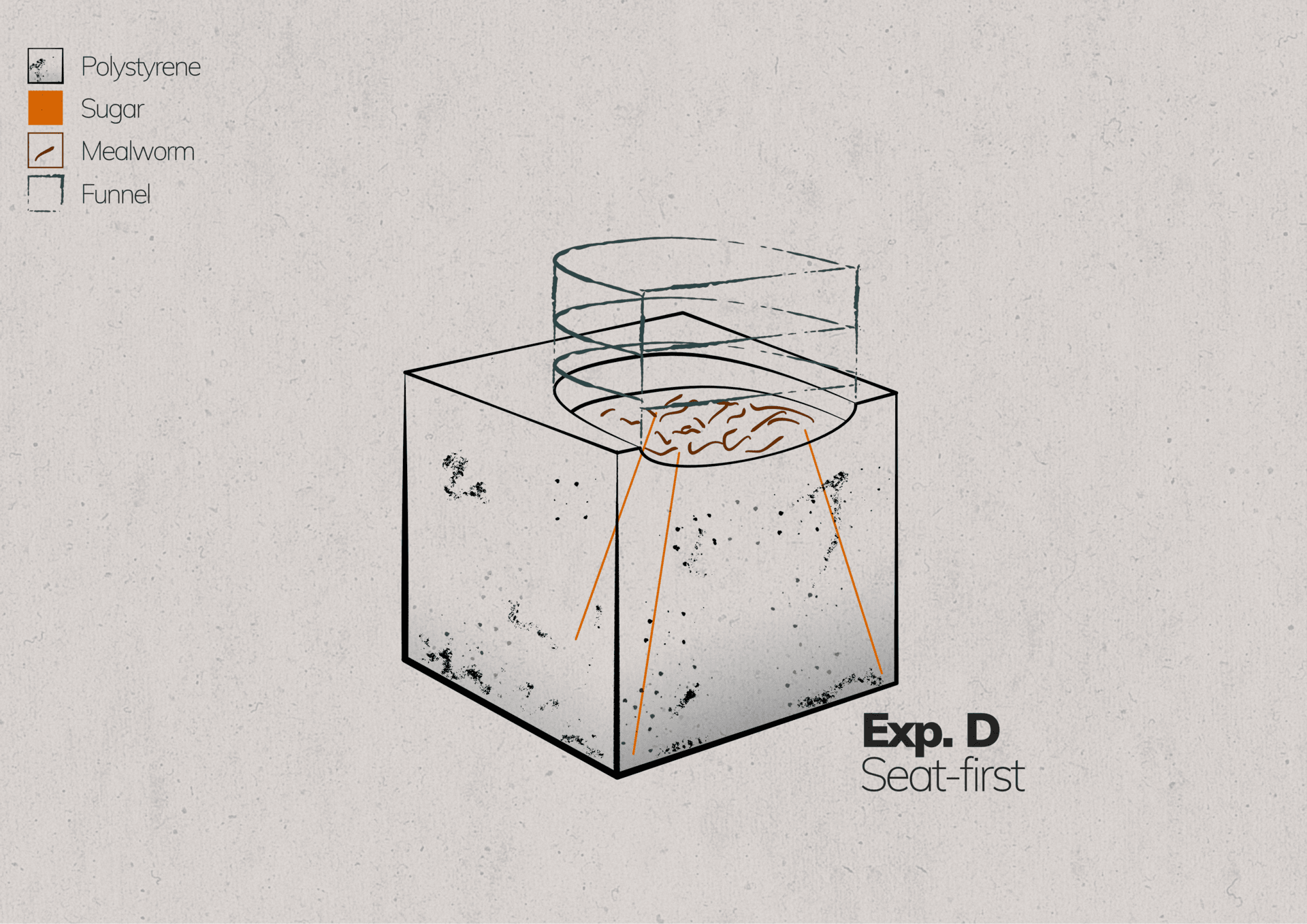Will Eliot is a design researcher and prototyper. Using an exploratory approach, he aims to ask questions that shift the way we think about material usage, conservation and human interaction. Previously an award-winning strategist in creative communications, he applies a narrative-based approach to technical solutions. He is finishing his masters in 2023 on the Innovation Design Engineering MA/MSc run jointly by Royal College of Art & Imperial College London.
Awards:
Mayor’s Entrepreneur Award - Finalist - Pleural
Venture Catalyst Challenge - Healthcare Finalist - Pleural
Cannes - Bronze Lion - Glass of Thrones
Campaign - BIG Award - Keep it Clean

























